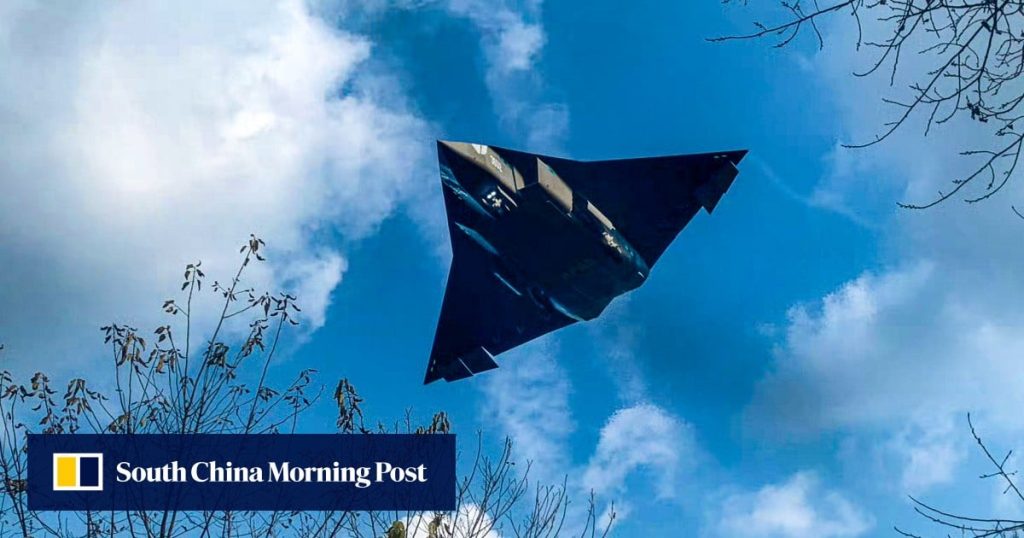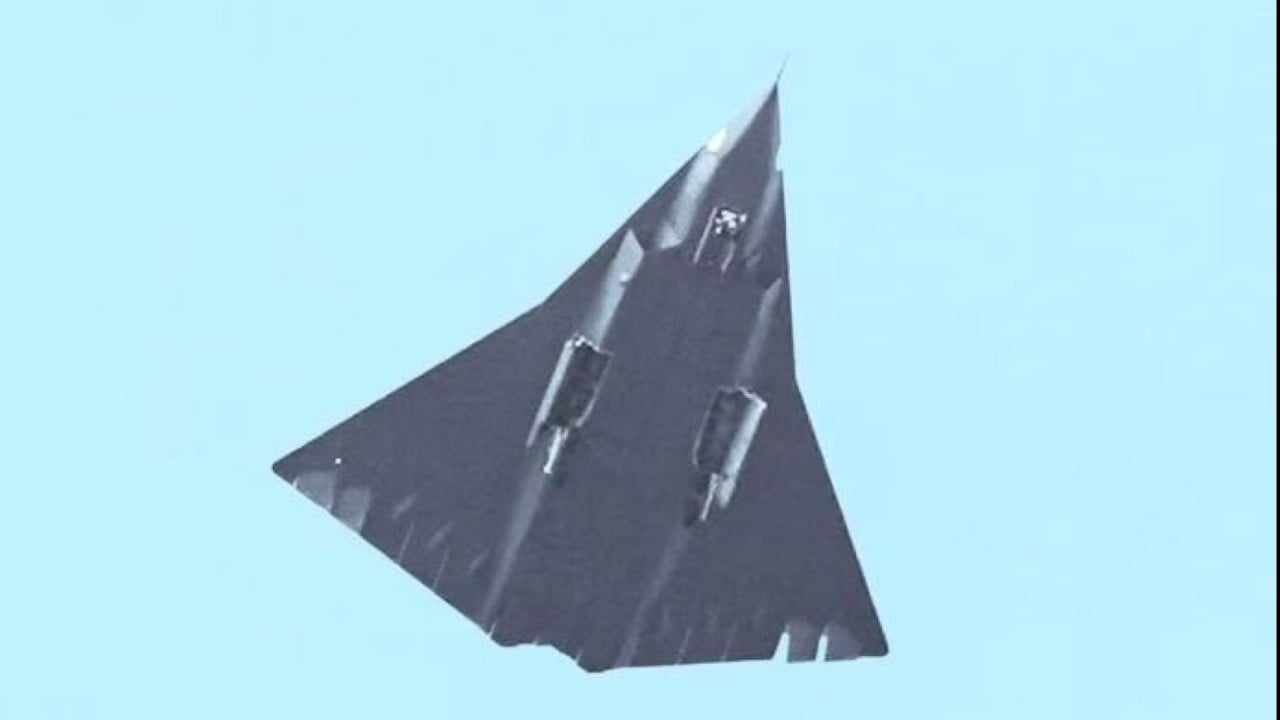According to the article in Shipborne Weapons, a publication owned by China Shipbuilding Industry Corporation, when the sixth-generation fighter is in service, the PLA will be able to intercept US warplanes trying to penetrate the first island chain. It said it would also be possible to conduct airspace blockades lasting one to two hours and to suppress the air defence of bases in Guam from a distance.
“This will make it difficult for the US Navy and Air Force to maintain air superiority over the western Pacific and to intervene militarily in a series of operations by the Chinese military within the first island chain,” the analysis in the magazine’s March edition said.
Should they ever engage in a war over Taiwan, the mainland Chinese and US air forces would most likely focus on fighting for control of the airspace about 1,000km (621 miles) from the Chinese coast, the article said.
In recent weeks, the Chinese stealth aircraft under development has been spotted repeatedly undergoing test flights near the base of its developer, the Chengdu Aircraft Industry Corporation, suggesting it is making rapid progress.
In March, the US also announced its sixth-generation fighter, the F-47, but has revealed little further detail.
However, the B-21 Raider – described as the world’s first sixth-generation bomber by its developer Northrop Grumman – had its maiden flight in November 2023. The firm declared that production was “ahead of schedule and on budget” and that it aimed to deliver at least 100 aircraft to the air force in the mid-2020s.



